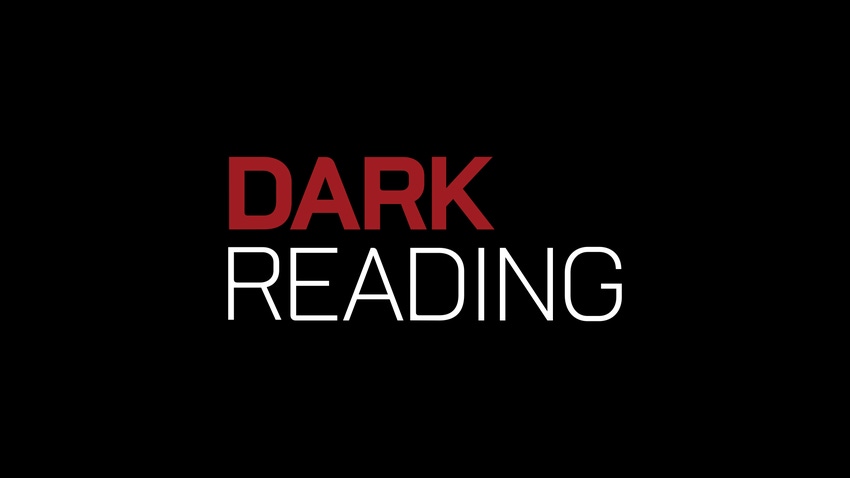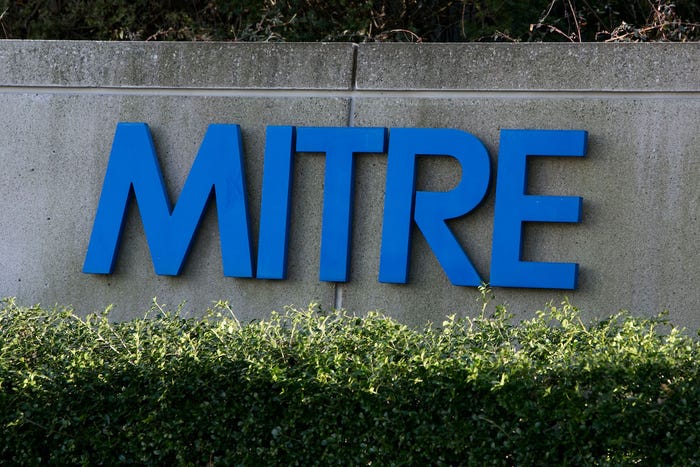This marks the third month in a row that Microsoft patched more than 100 bugs, of which 16 are classified as critical.

Microsoft today released fixes for 111 vulnerabilities as part of its monthly Patch Tuesday rollout. Sixteen of these flaws are categorized as Critical, and 95 are classified as Important.
This month marks the third-largest Patch Tuesday update in Microsoft history, ZDNet notes. The company patched a whopping 115 bugs in March 2020, its biggest release to date, and 113 in April. Vulnerabilities patched this month exist in Windows, the Edge browser, ChakraCore, Internet Explorer, Microsoft Office, Office Services and Web Apps, Visual Studio, Microsoft Dynamics, .NET Framework, .NET Core, and Power BI. None are publicly known or under attack.
While the absence of known vulnerabilities and zero-days gives IT managers some time to test patches before they are deployed, the size of Microsoft's recent Patch Tuesday releases could be a burden. The global shift to remote work, driven by the coronavirus pandemic, has exacerbated many existing patch management challenges and created new ones for IT teams.
Among the serious vulnerabilities patched this month are CVE-2020-1023, CVE-2020-1102, and CVE-2020-1024, all critical remote code execution flaws (RCE) in Microsoft SharePoint. These could allow attackers to access a system; view, edit, or delete data; or directly run malicious code on the system. An intruder could have access to sensitive data stored in the organization's SQL server and gain a platform to conduct malicious activity against devices in the environment.
"Systems like SharePoint can often be difficult to take offline and patch, allowing RCE vulnerabilities to linger in your infrastructure," explains Jay Goodman, product marketing manager for Automox. "This gives attackers the ability to 'live off the land' and move laterally easily once access is gained via an existing exploit."
Also worth noting are CVE-2020-1117, an RCE vulnerability in Microsoft Color Management, and CVE-2020-1126, a Media Foundation memory corruption vulnerability. Both are classified as Critical, and both could be exploited by tricking a user into opening a malicious attachment or visiting a website that contains the exploit code. If successful, an attacker could achieve the same rights as the compromised user and perform actions with the user's permissions.
"If the user has administrative privileges, the attacker could then perform a variety of actions, such as installing programs, creating a new account with full user rights, and viewing, changing, or deleting data," says Satnam Narang, staff research engineer at Tenable. "However, Microsoft rates these vulnerabilities as 'Exploitation Less Likely,' according to its Exploitability Index."
Most of the Critical flaws patched today are resolved via OS and browser updates; however, there are a number of Important CVEs with higher likelihood of exploitation. These include a pair of elevation-of-privilege vulnerabilities in Win32k (CVE-2020-1054 and CVE-2020-1143), and another in Windows Graphics Component (CVE-2020-1135). All of these are rated Exploitation More Likely by Microsoft. An attacker who gains access to a target system could exploit any one of these flaws to execute code with elevated privileges, Narang explains.
This acknowledgement underscores an important point: Vulnerabilities with lower severity levels aren't necessarily less likely to be exploited. If a business's prioritization stops at a certain severity, or CVSS scores above a certain level, it could miss flaws an attacker is likely to use.
"What is interesting and often overlooked is seven of the 10 CVEs at higher risk of exploit are only rated as Important," notes Todd Schell, senior product manager with Ivanti. "It is not uncommon to look to the Critical vulnerabilities as the most concerning, but many of the vulnerabilities that end up being exploited are rated as Important vs. Critical." Risk metrics like Publicly Disclosed, Exploited, and Microsoft's Exploitability Assessment should also be factored into prioritizing patches.
CVE-2020-1058 and CVE-2020-1060 are both examples. While neither are rated as Critical in severity, it's possible they will be used by attackers in the wild. Both are RCE flaws in VBScript and ranked Important. Microsoft considers both "Exploitation More Likely." If exploited, these flaws could allow an attacker to gain the same rights as the current user. The versatility of VBScript lends itself to a variety of attack vectors, says Chris Hass, director of information security and research with Automox.
"An attacker could host a malicious webpage with a specially crafted payload to exploit any user visiting the page using IE, inject code into a compromised webpage, or even launch a malvertising campaign to serve the payload via malicious advertisements on popular websites," says Hass. Someone could also embed an Active X control object in an application or Office file, which could be leveraged in a phishing campaign to gain code execution on a target machine.
Related Content:

Learn from industry experts in a setting that is conducive to interaction and conversation about how to prepare for that "really bad day" in cybersecurity. Click for more information and to register.
About the Author(s)
You May Also Like
Beyond Spam Filters and Firewalls: Preventing Business Email Compromises in the Modern Enterprise
April 30, 2024Key Findings from the State of AppSec Report 2024
May 7, 2024Is AI Identifying Threats to Your Network?
May 14, 2024Where and Why Threat Intelligence Makes Sense for Your Enterprise Security Strategy
May 15, 2024Safeguarding Political Campaigns: Defending Against Mass Phishing Attacks
May 16, 2024
Black Hat USA - August 3-8 - Learn More
August 3, 2024Cybersecurity's Hottest New Technologies: What You Need To Know
March 21, 2024




